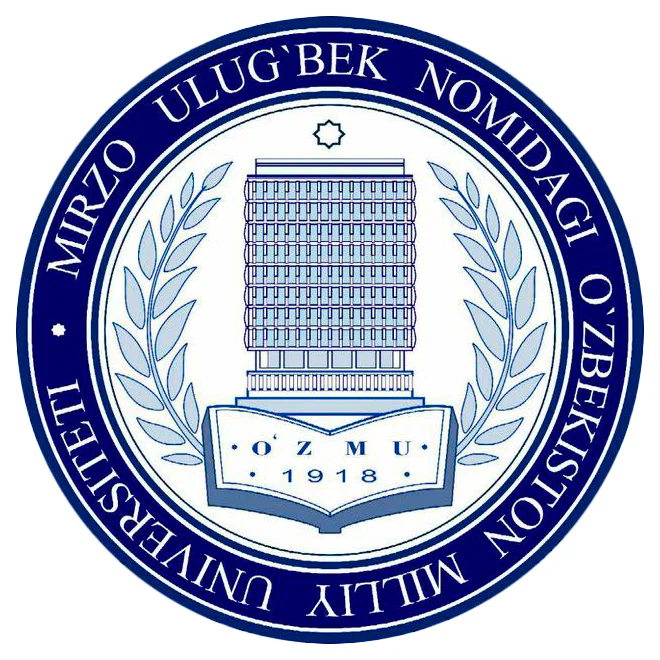Enhancing the efficiency of physics education in military institutions using mobile applications and robotics
Abstract
This article explores the use of mobile applications and robotics to improve the efficiency of physics education in military institutions. Pedagogical experiments were conducted to assess the impact of these technologies on students learning outcomes. The findings indicate a significant improvement in students understanding and engagement with physics concepts when these tools were integrated into the curriculum. Today, it is important to improve the quality of teaching physics in educational institutions, introduce modern teaching methods into the educational process, select talented students, prepare competitive specialists for the labor market, develop scientific research and innovation, and direct their attention to practical results. The structure, content, methods, and organizational forms of implementing the polytechnic direction of education are undergoing changes in the framework of teaching physics. The use of robotics and mobile applications is a new direction in the theory of polytechnic education. Modeling a new series of laboratory devices using robotics elements based on the content of physical science for cadets of higher military educational institutions, as well as the delivery of educational literature and simulation classes related to physics through mobile applications in pedagogical research “Educational robotics” and is associated with the concept of “educational mobile application”. In this regard, the study of the basics of robotics and mobile applications should become one of the necessary elements of the content of modern polytechnic education.
About the Authors
List of references
R. Tellez, C. Angulo, Generating an autonomous robotic agent from the evolution of simple cooperative sub-agents, J. Robotic Syst., 35 (3) (2017) 185–194.
J. J. Trobaugh, Winning Design: LEGO MINDSTORMS EV3 Design Patterns for Fun and Competition (2nd Edition), Apress, (2017) 263 p.
J. Ruiz, R. Salazar, Introduction to Robotics: Applications in Science and Engineering, IEEE Trans. Robot., 34 (1) (2018) 45–53.
M. Hernández-de-Menéndez, A. Vallejo Guevara, J. C. Tudón Martínez, D. Hernández Alcántara, R. Morales-Menéndez, Active learning in engineering education. A review of fundamentals, best practices and experiences, Int. J. Interact. Des. Manuf., 13 (3) (2019) 909–922.
V. Vodovozov, Z. Raud, E. Petlenkov, Challenges of active learning in a view of integrated engineering education, Educ. Sci., 11 (2) (2021) 43.
K. C. Chilukuri, A novel framework for active learning in engineering education mapped to course outcomes, Procedia Comput. Sci., 172 (2020) 28–33.
J. Miranda, C. Navarrete, J. Noguez, J.-M. Molina-Espinosa, M.-S. Ramírez-Montoya, S. A. Navarro-Tuch, M.-R. Bustamante-Bello, J.-B. Rosas-Fernández, A. Molina, The core components of education 4.0 in higher education: Three case studies in engineering education, Comput. Electr. Eng., 93 (2021) 107278.
A. J. Magana, T. de Jong, Modeling and simulation practices in engineering education, Comput. Appl. Eng. Educ., 26 (4) (2018) 731–738.
S. R. Desai, Impact of Active Learning Methods on Students’ Learning and Course Results, J. Eng. Educ. Transform., 35 (3) (2022).
A. Juškevičiene˙, G. Stupuriene˙, T. Jevsikova, Computational thinking development through physical computing activities in STEAM education, Comput. Appl. Eng. Educ., 29 (1) (2021) 175–190.
F. Kalelioglu, S. Sentance, Teaching with physical computing in school: the case of the micro:bit, Educ. Inf. Technol., 25 (4) (2020) 2577–2603.
U. Sarı, H. M. Pektaş, Ö. F. Şen, H. Çelik, Algorithmic thinking development through physical computing activities with Arduino in STEM education, Educ. Inf. Technol., (2022) 1–21.
M. Chailangka, A. Sipitakiat, P. Blikstein, Designing a Physical Computing Toolkit to Utilize Miniature Computers: A Case Study of Selective Exposure, Proc. 2017 Conf. Interact. Des. Child., (2017) 659–665.
S. Hodges, S. Sentance, J. Finney, T. Ball, Physical computing: A key element of modern computer science education, Comput. (Long. Beach. Calif.), 53 (4) (2020) 20–30.
Copyright (c) 2024 Д. Насриддинов, Д. Бегматова (Автор)

This work is licensed under a Creative Commons Attribution 4.0 International License.

